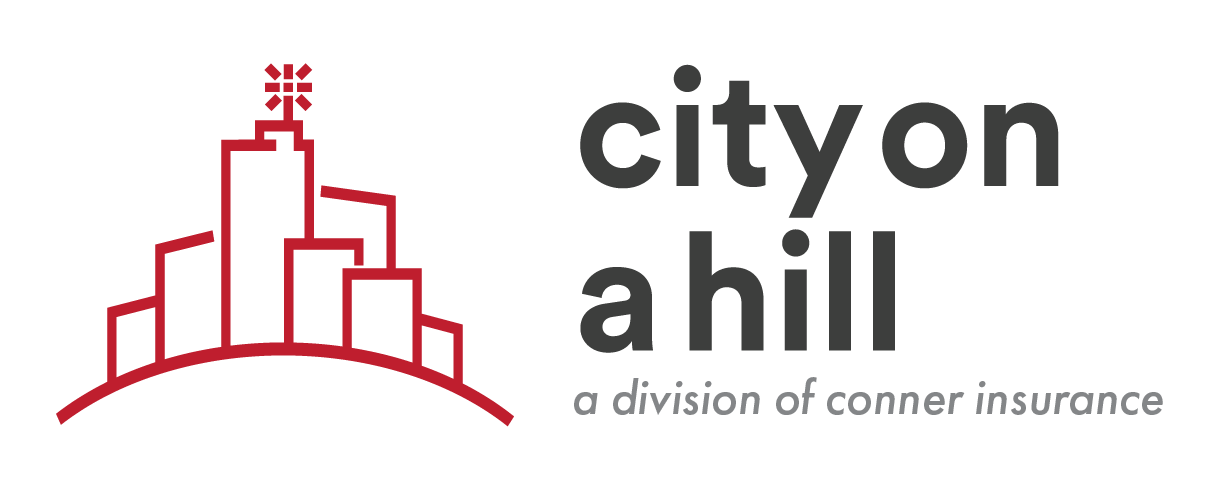Rising staff shortages and mental health concerns may have contributed to a challenging recruitment process for many organizations this summer. Now, as we begin the new school year, ensuring your employee benefit programs complement a supportive and encouraging environment is essential.
The ongoing effects from the pandemic has left teachers and staff feeling exhausted and overwhelmed. A survey from the National Education Association (NEA) shows educators feel burnout is a top concern, with “67% reporting it as a very serious issue and 90% a very serious or somewhat serious issue.” These concerns need to be addressed by schools now in order to prevent the possibility of teachers leaving their field.
Staff shortages and the pandemic are listed as leading contributors of stress and although the worst of the pandemic appears to be behind us, educators may have to navigate long-term mental health effects, not only for themselves, but the students they teach.
To address burnout, those surveyed shared they are strongly in support of schools hiring more teachers and support staff to ease additional workload. As well as options to provide mental and behavioral health support for students. NEA members also expressed an interest in increased wages and while that request could be in the budget for some schools, finding and allocating these additional funds can be extremely difficult for smaller or private Christian schools
Providing support may be key for recruitment and retention this year
In these cases, schools can offer support to their staff by looking at their benefits program in a more strategic way. Making meaningful changes within your plan can improve employee experience and reduce stress that causes burnout. An important part of assessing your benefits program is to ensure employees can access programs easily and affordably. For example, reducing co-pays for mental health programs or spreading awareness using monthly email campaigns.
Advisors, like us, can help you make important data-based decisions and develop strategies that can support your people, financially and emotionally. Whether that means providing new programs or investing in current ones.
To address burnout and build retention and recruitment strategies this year, employers should consider:
- Providing mental health programs such as workplace Chaplain services or Employee Assistance Programs that offer confidential support for employee concerns.
- Focusing on financial well being by offering life insurance options, financial well being programs, disability or Flexible Spending Accounts.
- Providing job and classroom flexibility for teachers. Creating more time for teachers to prepare lessons, grade work and organize student activities.
- Concentrating on school culture and mission can be an effective way to help your people feel valued.
- Offering education programs to help employees achieve personal goals and develop skills.
- Conducting regular surveys and speaking with employees one-on-one can help you better understand how your programs are working and where improvements need to be made.
Any changes made to your benefits programs can be done slowly over time. Using change management strategies that allows teachers and staff to become accustomed to differences in their plans without feeling overwhelmed. This can be especially important due to the high level of stress teachers are feeling.
Help teachers focus on inspiring students by giving them the support they need.
Educators often choose their profession because they want to make a difference in the lives of others. By making a genuine effort to support them in that journey you can alleviate their stress and increase their satisfaction. Recruitment and retention are closely associated. When you focus on taking care of the people you have, you can inadvertently attract more talent by word of mouth and reputation.
At City on a Hill, we understand how important your people are. We want to help you manage your benefit program in a way that gives you more control over costs. Allowing you to provide comprehensive, supportive programs to teachers during these difficult times.
If you’re worried about your teachers and staff experiencing burnout, let’s chat.



